Regulatory Support
Regulatory frameworks are increasingly favoring the Biobased Aromatics Market, providing a conducive environment for growth. Governments worldwide are implementing policies that promote the use of biobased materials, often offering incentives for companies that invest in sustainable practices. For instance, tax breaks and subsidies for biobased product development are becoming more common, encouraging innovation and investment in this sector. The Biobased Aromatics Market benefits from these supportive measures, as they not only lower operational costs but also enhance market competitiveness. Furthermore, regulations aimed at reducing reliance on fossil fuels are likely to drive demand for biobased alternatives. As these policies evolve, they may create a more favorable landscape for biobased aromatics, potentially leading to increased market penetration and consumer acceptance.
Technological Innovations
Technological advancements play a crucial role in shaping the Biobased Aromatics Market. Innovations in production processes, such as the development of more efficient catalytic methods and fermentation technologies, are enhancing the feasibility of biobased aromatic compounds. These advancements are not only improving yield but also reducing production costs, making biobased products more competitive against traditional petrochemical counterparts. The market is witnessing a shift towards more sophisticated technologies that enable the extraction and synthesis of biobased aromatics from various biomass sources. As a result, the Biobased Aromatics Market is expected to experience significant growth, with projections indicating a compound annual growth rate of over 10% in the coming years. This technological evolution is likely to attract new players and investments, further stimulating market dynamics.
Sustainability Initiatives
The increasing emphasis on sustainability is a pivotal driver for the Biobased Aromatics Market. As consumers and businesses alike become more environmentally conscious, there is a growing demand for products that are derived from renewable resources. This shift is reflected in the rising investments in biobased technologies, which are projected to reach USD 1.5 billion by 2026. Companies are actively seeking alternatives to petroleum-based aromatics, which are often associated with significant carbon footprints. The Biobased Aromatics Market is thus witnessing a surge in the development of sustainable products that align with eco-friendly practices. This trend not only caters to consumer preferences but also complies with stringent regulations aimed at reducing greenhouse gas emissions. As a result, the market is likely to expand as more stakeholders prioritize sustainability in their operations.
Diverse Industrial Applications
The versatility of biobased aromatics across various industries is a compelling driver for the Biobased Aromatics Market. These compounds find applications in sectors such as automotive, textiles, and construction, where they are used as additives, solvents, and intermediates. The increasing adoption of biobased materials in manufacturing processes is indicative of a broader trend towards sustainability and resource efficiency. Market analysis indicates that the demand for biobased chemicals, including aromatics, is projected to grow significantly, with estimates suggesting a market size of USD 3 billion by 2027. This diverse applicability not only broadens the market scope but also encourages innovation in product development. As industries continue to explore sustainable alternatives, the Biobased Aromatics Market is likely to benefit from increased investments and research initiatives aimed at enhancing the functionality and performance of biobased products.
Consumer Demand for Natural Products
The rising consumer preference for natural and organic products is a significant driver for the Biobased Aromatics Market. As awareness of health and environmental issues increases, consumers are gravitating towards products that are perceived as safer and more sustainable. This trend is particularly evident in sectors such as personal care, food, and packaging, where biobased aromatics are increasingly being utilized. Market data suggests that the demand for natural fragrances and flavors is expected to grow at a rate of 8% annually, reflecting a broader shift towards biobased solutions. The Biobased Aromatics Market is thus positioned to capitalize on this trend, as manufacturers seek to meet consumer expectations for transparency and sustainability in their product offerings. This evolving landscape may lead to enhanced market opportunities and a diversification of product lines.


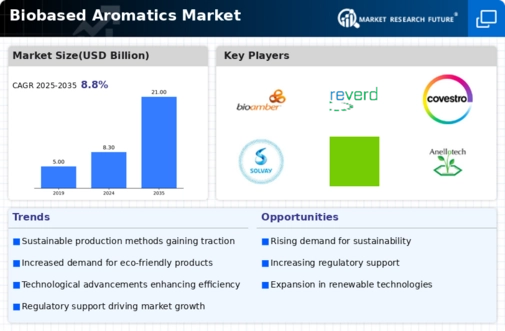

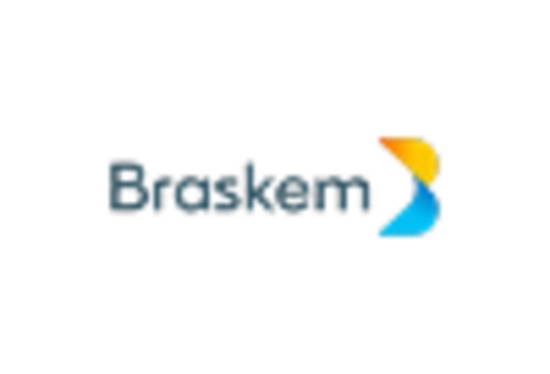
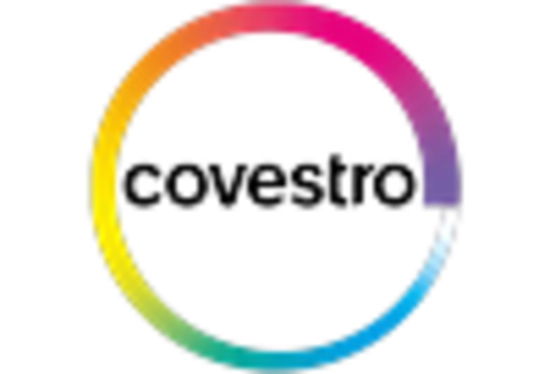
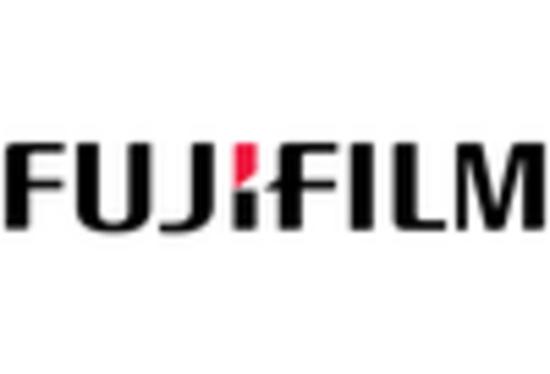
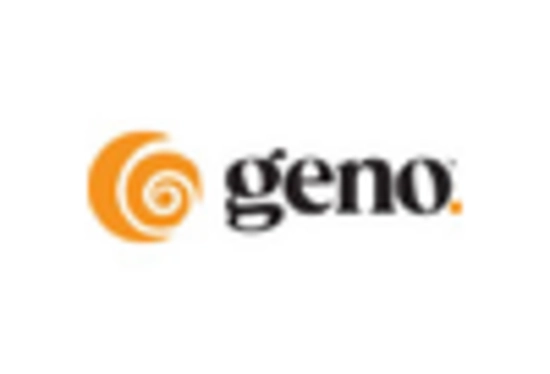
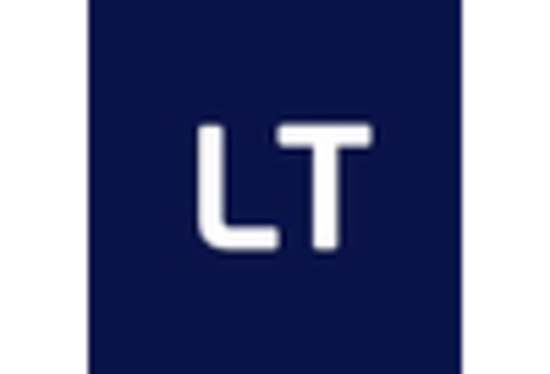








Leave a Comment